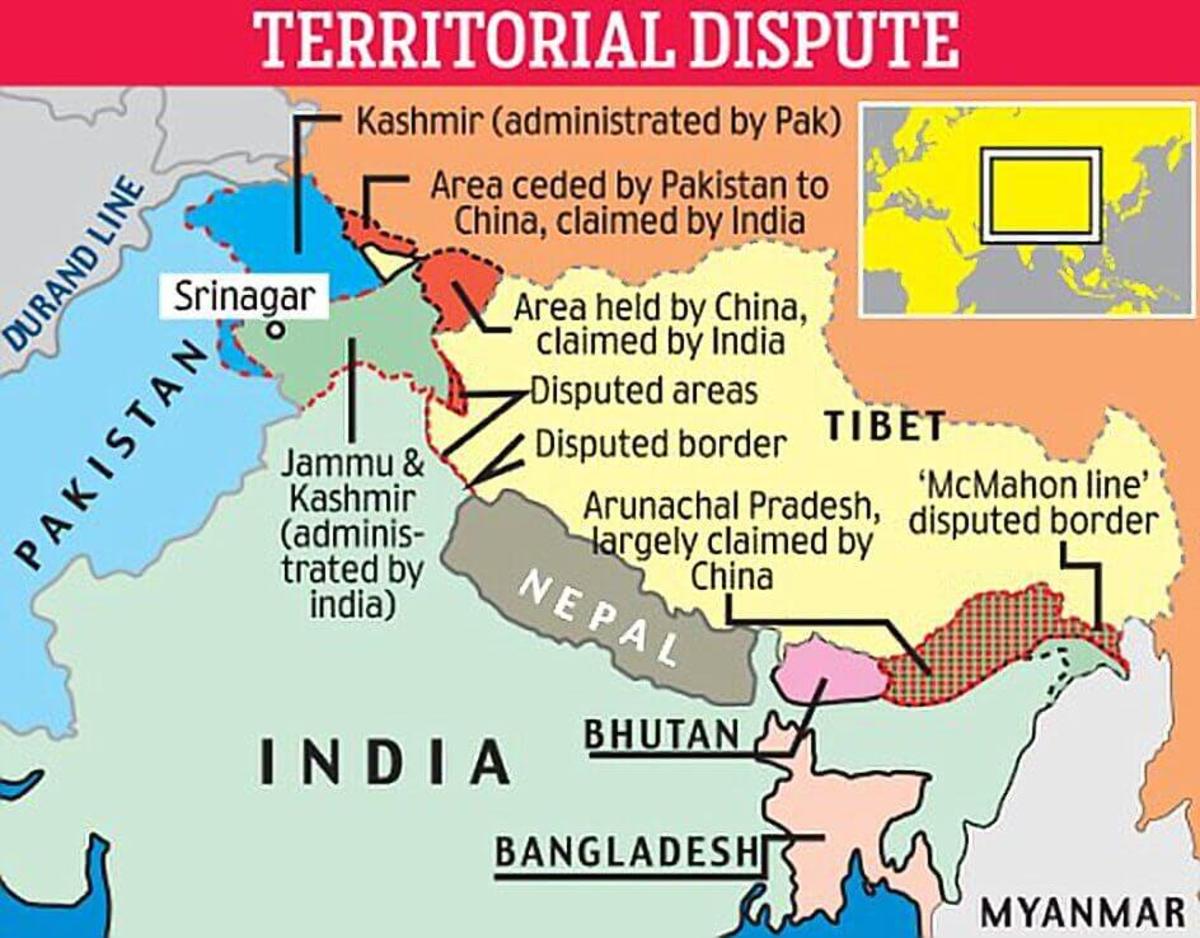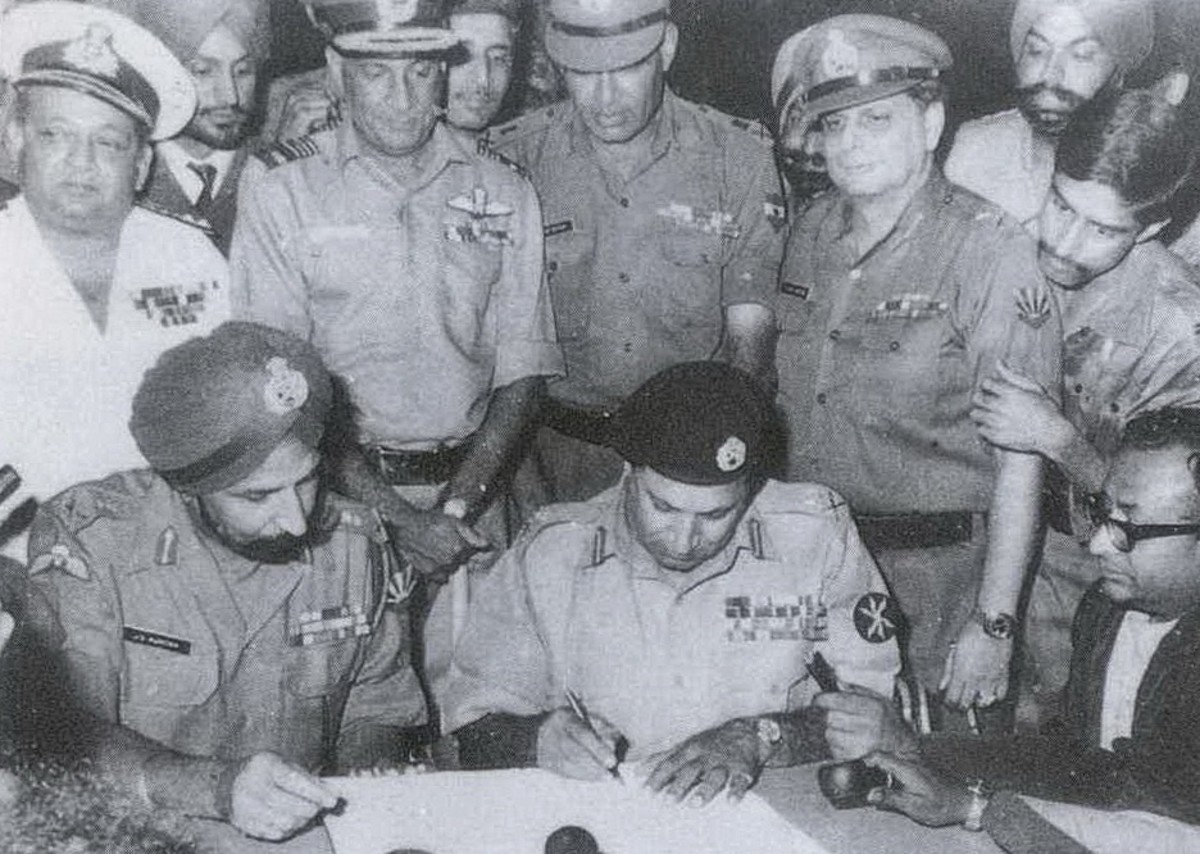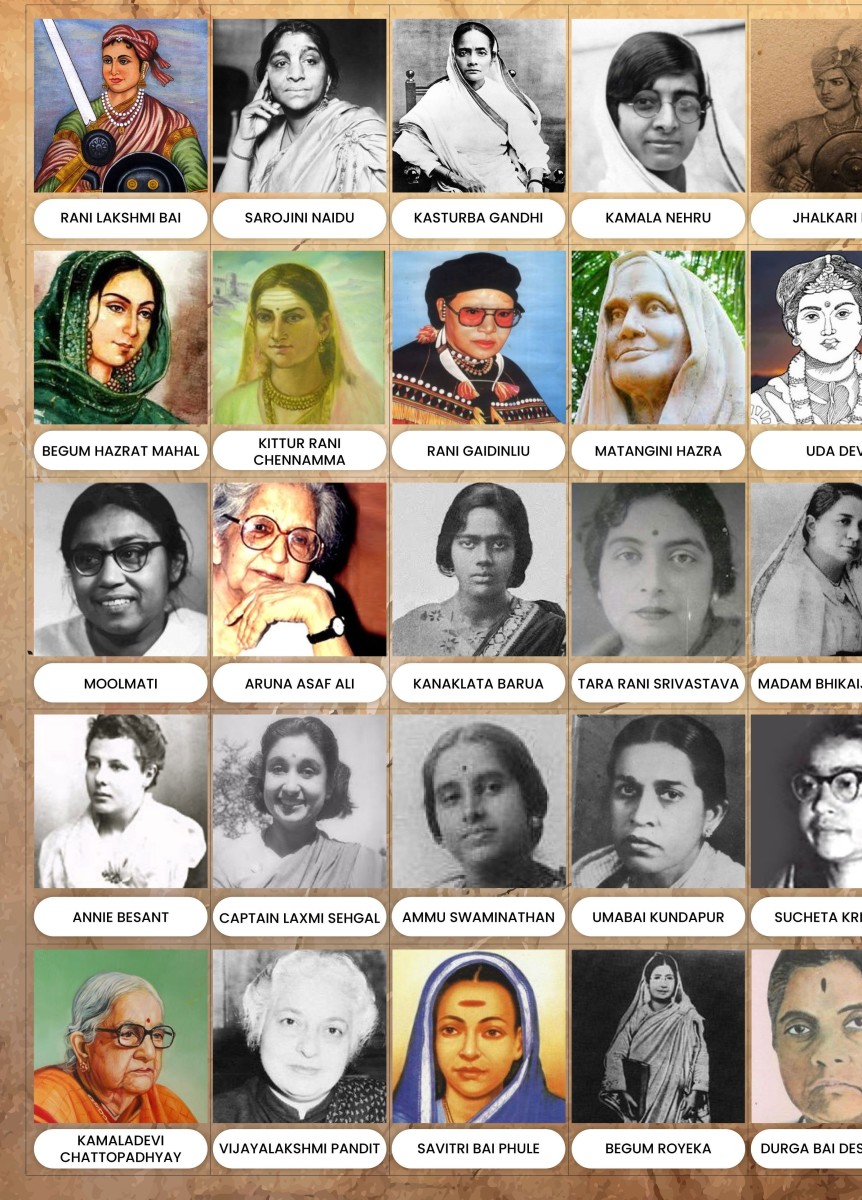China Will Not Allow an Indian Consulate in Tibet
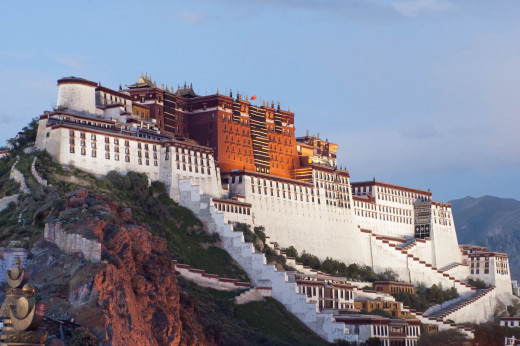
China has a Paranoid Fear of India
India and Tibet have been like twins for 2500 years. The religion of Buddhism to which Tibet is wedded originated in India and disciples of the Buddha went to Tibet to spread his message. There were close ties with India and apart from religious threads, trade between India and Tibet flourished. After the Younghusband expedition to Tibet in 1903--04, the British had a permanent presence in Lhasa. This was codified by the Simla agreement of 1913. In this agreement, the paramount interest of the British and India in Tibet was guaranteed. The agreement was between British India, China, and Tibet.
The British left in 1947 and at that time the Indian army maintained troops in at least 5 places in Tibet. Nehru saw these troops as a relic of imperialism and withdrew them. This was an extremely shortsighted policy and Nehru lost the geopolitical focus for India. He was unable to comprehend the strategic importance of maintaining these troops in Tibet. This gave the Chinese and Mao the opportunity they were seeking as they knew that Nehru would do nothing. They invaded Tibet. The Indian consulate was manned till 1962 when it was shut down. Earlier to this, India from 1913 had a strong presence in Tibet. A full-fledged Mission operated in Lhasa along with three Trade Agencies in Gyantse, Yatung, and Gartok.
In 1959 fearing an assassination attempt the Dalai Lama fled Lhasa and Nehru in one of his strong decisions gave him political asylum. China has been infuriated since then and the Dalai Lama is like a red rag to a bull to them. they also have a paranoid fear of India and feel insecure in Tibet
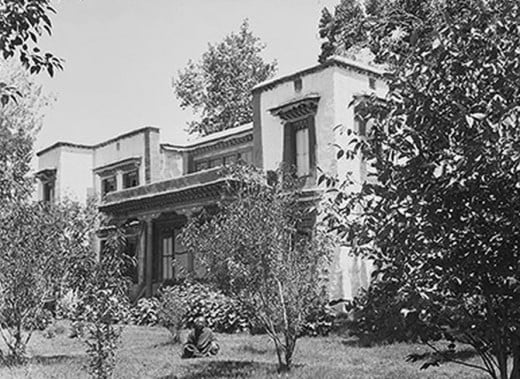

Indian Consulate in Lhasa
India had a Consulate in Lhasa. This was a gift of the Raj and the Indian government just inherited the British assets. It had a Consul General in Lhasa. The Chinese who had occupied Tibet in 1949 downgraded the status of the Consulate. Nehru just acquiesced. Despite being downgraded the local people still looked up to the Indan representative with fond hope. They felt that India will do something.to help the Tibetan people.
Many Tibetans visited the consulate for travel documents. At that time the trade routes were open and the Tibetans could freely travel between India and Tibet. But slowly the dragon began to strangulate the Tibetans. They brought in restrictions and stopped the locals from visiting the consulate. The Consul General in 1950, S Sinha brought this to the notice of Nehru but the Indian Prime Minister did nothing. This is hard to explain as at that time India was more developed and militarily stronger than China.
In 1962 the Chinese attacked India. The military balance had changed by then and Nehru by his own folly had allowed the finest fighting machine in Asia to go to seed. The Chinese under Mao had armed themselves and in the 62 war, the Chinese had the better of the Indian army.
In 1962 China closed the Indian consulate and sent all Indian staff back to India. They also closed all the trade routes. The Chinese army now began to have a physical presence in Lhasa and all Indians living there were rounded up and deported. The key was "FEAR" as China was scared that the Tibetan people will rise against them. They did revolt in what is known as the "Khampa rebellion" but the USA just sat askance and Nehru twiddled his thumbs and the rebellion was crushed with brute force.
In 2014 at a meeting in Beijing, the Indians asked for a consulate in Lhasa to be opened. The Chinese rejected the proposal. They feared that once again the Tibetans will see hope in India and may rise up against them. Not many know that 3 million refugees have escaped the terror of the people army and live in exile in India including their spiritual head the Dalai Lama. China does not want them back and for 48 years has blocked the Dalai Lama from visiting Tibet. All peace initiatives have been dashed by them
.
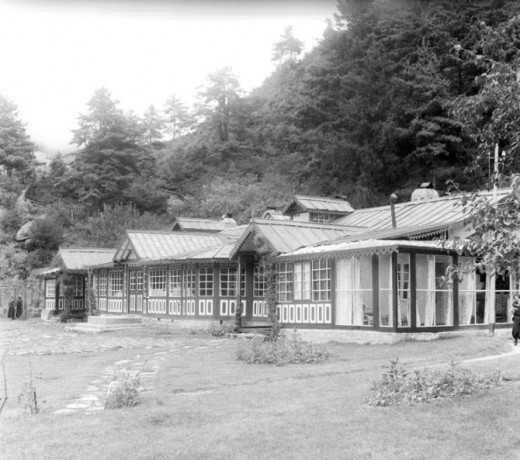
Further Problems
The situation in Tibet has gone from bad to worse. Tens of Tibetans have immolated themselves to protest the Chinese occupation. China probably feels that offense is the best policy and so they have created a border problem with India so that the Indo-Tibet border is always in a state of ferment. This was the reason for the stand-off in Dhokla at the tri-junction between Bhutan, China, and Tibet between the Indian army and the PLA.. More than a thousand troops from each side faced each other. The matter is now on the back burner as both armies have withdrawn but it is understood the Chinese have re-started their road-building activity in the region.
The Indian government must press the Chinese for re-opening the consulate in Lhasa. Perhaps after that, the Tibetans in Tibet will see a ray of hope and won’t feel so isolated. Unfortunately, this is a pipe dream as the Dragon will not concede its perceived rights easily. A lot of blame for this state of affairs must lie at the door of Nehru and President Harry Truman who simply ignored Tibet.
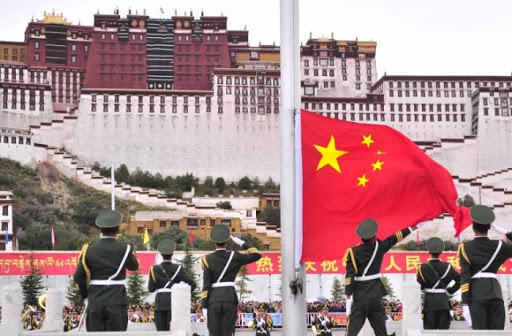
Last Word
The Chinese have over the last seven decades started a systematic degradation of the Tibetan clergy and at the same time, they have tried to forcibly integrate the Tibetans by marrying their nuns and girls to Chinese. This is the classic ploy of China. The world led by the USA and India has washed their hands of Tibet.
The weak policy of appeasement followed by Pandit Nehru has led to not only Tibet being lost as a buffer state but also the loss of Aksai Chin in Ladakh to China. Nehru had stated that a 'strong China is always an expansionist China' in his Discovery of India. It's a matter of regret, that he didn't follow his own words. As things stand the Chinese have checkmated in India on Tibet and talking of opening a consulate in Lhasa has become a pipedream.

